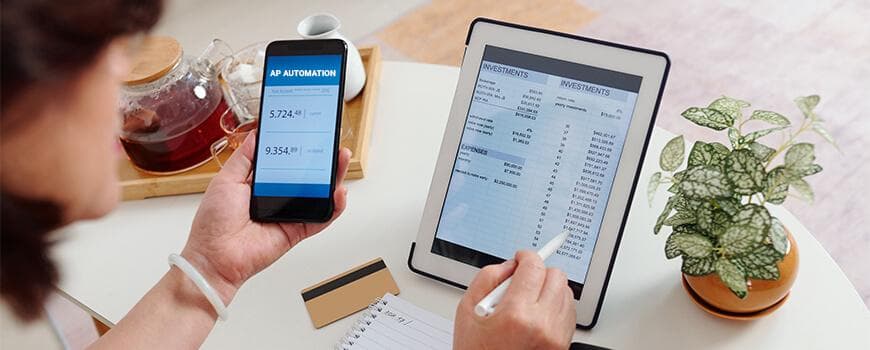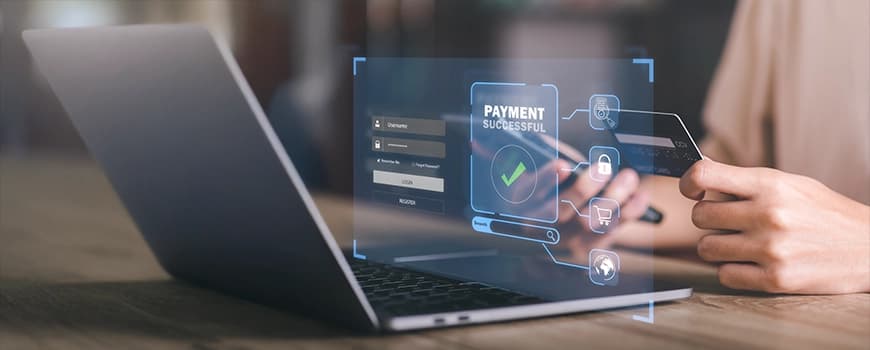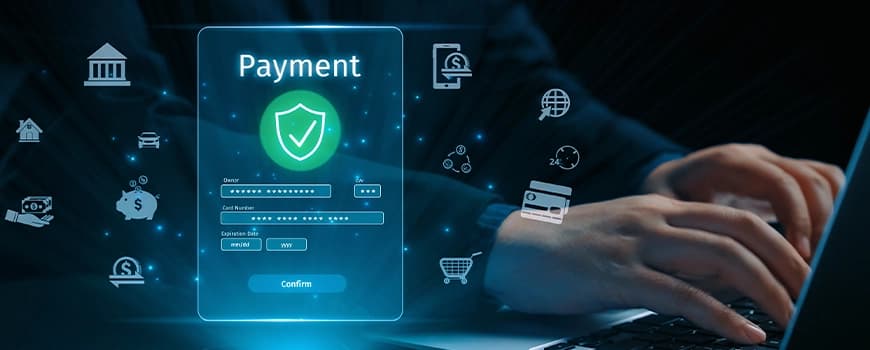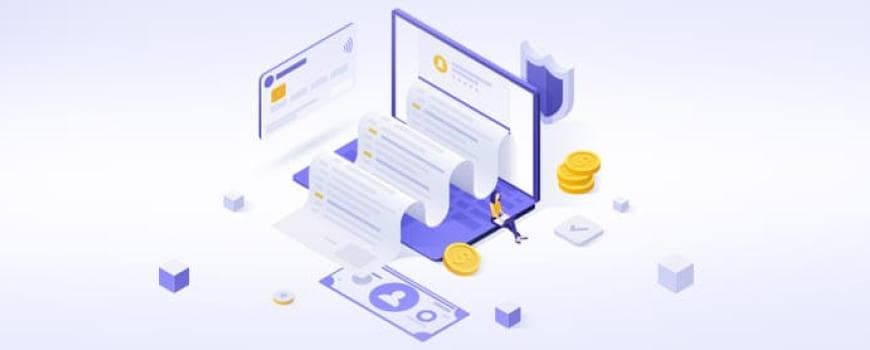Streamlining Gate Entry and Goods Receipt through Intelligent Automation
12 June 2023
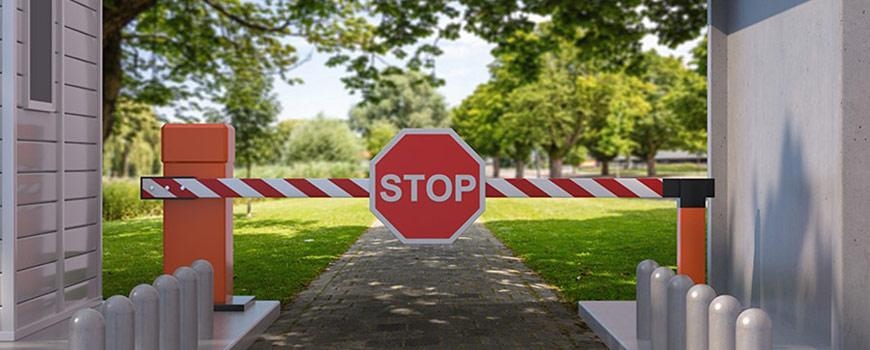

Saurabh Jain
Product ManagerSaurabh Jain is the Product Manager at Applexus with over three years of experience as Product Analyst & Developer. Saurabh has significant experience in developing cloud...
Gate Entry and Receipt of goods is still a manual, and typically error-prone process in some businesses, where human-dependent activities at the Gate / Warehouse / Plant, lead to delays and not-so-accurate records of goods received. A high volume of arrivals during peak hours leads to long wait times and incorrect entries that could go on to decrease the productivity of the personnel handling the supplier logistics, leading to delays in processing and forwarding the goods to the next stage.
By 2025, 70% of organizations will implement structured automation to deliver flexibility and efficiency, an increase from 20% of organizations in 2021 - Gartner[1]
To avoid latency, possible fraud, & manual lapses, and make the entire system more hassle-free it is advisable that we automate the Gate Entry and Goods Receipt stages. In this blog post, we will dive deeper into the significance of automation for both Gate Entry and Goods Receipt, explore how these features work, and how automating these stages can avoid mismanagement and greatly optimize your routine workflow to effectively simplify & streamline the overall processes. Let’s get started!
Business Pain Points – While Not Automating Gate Entry and Goods Receipt
As per Applexus’ industry research, strategy workshops, & several interim planning meetings, conducted over the years with decision-makers and stakeholders from different businesses & industry verticals, alongside the multiple real-world implementations, we have noted that many businesses face a series of problems in their Gate Entry and Goods Receipt areas as a result of minimal automation. Most of these issues pertain to the manual processes in place and can be easily mitigated with higher automation.

The workflow usually starts with the goods arriving to be recorded/scanned at the gate, and this is the Gate Entry stage where you verify the driver details, materials, and other details. From here, the goods end up in the materials store where they go through a Quality Analysis (QA) and Quality Check (QC) process, post which the Goods Received Note (GRN) comes into play, followed by the stock transfer that takes place, and once done the Supplier invoice is forwarded to Accounts Payable.
The existing processes around Gate Entry still involve some paperwork and documentation that can be digitized to improve our response time. Why? Because the lack of automation and overdependency on humans here can invoke delays, slowing down our ability to accelerate goods acceptance. The slow and somewhat laggard Gate Entry practices could potentially induce lapses & time wastage, making it difficult to record and get the goods moving forward for other verifications.
Similarly, the Good Receipt stage also lacks automation, leaving room for human oversights. Workers here could potentially overlook certain entries/line items while inventorizing, leading to minimal or no inventory showing in the warehouse. There is a chance that workers can miss out on matching Goods Received Note and PO, plus lose track of packing lists, inspection certificates, quality certificates, and other documents. Automating the above processes, could unify and consolidate all the documents, help match PO, GR, and invoices more seamlessly, and simplify & expedite the entire goods clearance function.
What is Gate entry automation?
The Gate entry feature refers to the process of verifying and approving incoming invoices before they are recorded in the accounting system. It is an important step in the Accounts Payable process as it helps to ensure that all invoices are accurate, authorized, and properly coded before they are paid.
The gate entry process typically involves several steps, including:
- Verification of the invoice: The invoice is checked for accuracy, completeness, and validity. This includes verifying that the vendor's name and address are correct, the invoice date is correct, and the invoice amount is accurate.
- Authorization of the invoice: The invoice is reviewed to ensure that it has been authorized by the appropriate person or department. This may involve obtaining approval from a manager or department head and checking the lorry no., weighbridge details, driver’s name, etc. when the consignment reaches the gate.
- Receipt of goods or services: The invoice is checked to ensure that the goods or services have been received and that they meet the requirements specified in the purchase order. Furthermore, capture the vehicle details and driver details when the consignment reaches the plant.
- Coding of the invoice: The invoice is coded to the appropriate general ledger account based on the nature of the expense.
Automating the gate entry process can help to streamline the Accounts Payable process, reduce the risk of errors, and improve financial reporting. This is typically achieved through the use of software that can automate the invoice verification, authorization, and coding processes, and provide real-time visibility into the status of invoices.
What is Goods Receipt (GR) automation?
GR automation in Accounts Payable refers to the automation of the Goods Receipt (GR) process in the Accounts Payable workflow. Good Receipt is the point where you acknowledge receipt of the goods. The GR process involves verifying that goods have been received and are in good condition before payment is made to the supplier. Post that, you do the invoice verification. Automating this process can help to improve accuracy, reduce manual effort, and speed up the payment process.
GR automation typically involves the use of technology to automate the following tasks:
- Receiving goods: The goods are received at the warehouse or other designated location and the receiving clerk uses a scanner or other device to confirm receipt.
- Checking for damage: The goods are inspected for damage or defects, and any issues are recorded in the system.
- Updating inventory: The inventory system is updated to reflect the receipt of the goods.
- Notifying Accounts Payable: The Accounts Payable department is notified that the goods have been received and are ready to be paid.
- Verifying payment: Accounts Payable checks to ensure that the payment amount matches the purchase order and that the goods received match the purchase order.
By automating the GR process, businesses can reduce errors, improve efficiency, and reduce the time and resources required to process invoices. This can result in faster invoice processing times, reduced processing costs, and better cash flow management. Additionally, automating the GR process can help ensure that all goods received are properly recorded in the inventory system, improving accuracy and reducing stock-outs risks.
How does Gate entry and Goods Receipt Automation in the Accounts Payable solution provide value to the business?

- Improved accuracy: The gate entry feature helps to ensure that all invoices are accurate, authorized, and properly coded before they are recorded in the accounting system. This reduces the risk of errors, which can lead to financial losses and reputational damage. Automating the GR process can also help to reduce the risk of errors and improve accuracy, which can help to prevent stock-outs, overstocking, and other inventory-related issues.
- Increased efficiency: By automating the gate entry process, businesses can streamline their Accounts Payable process, reducing the amount of time and resources required to process invoices. This can result in faster processing times and reduced processing costs. By automating the GR process, businesses can improve productivity and free up staff time that can be used for more strategic activities that add value to the business.
- Reduced processing costs: Gate Entry and GR Automation can help to reduce the manual effort required to process the incoming goods from the Supplier, which can lower processing costs and free up the time of your AP resources that can be used for more strategic activities. Businesses have the chance to lower per-head costs by reducing the number of resources needed for Gate Entry and Goods Receipt activities.
- Improved supplier relationships: By processing invoices promptly and accurately, businesses can improve their relationships with suppliers, who are more likely to provide better pricing and service in return. Automating the Gate Entry and GR process can help businesses improve their relationships with suppliers by ensuring that incoming goods are accepted and recorded on time and the corresponding invoices are paid on time.
- Better financial control: The gate entry feature provides greater visibility and control over the Accounts Payable process, allowing businesses to effectively manage their cash flow and working capital. This can help reduce fraud risk and improve financial reporting accuracy. GR Automation can help to improve financial control by reducing the risk of fraud and ensuring that incoming goods are properly authorized and recorded as per established procedures.
- Enhanced compliance: The gate entry and GR automation feature can also help businesses comply with regulatory requirements, such as internal policies and external regulations by ensuring that all incoming goods from the suppliers are properly reviewed, authorized, and recorded as per the established procedures, before being paid.
Gate entry and GR Automation in InSITE
InSITE, as a holistic invoice management solution, offers Accounts Payable departments the ability to handle the Gate Entry and Goods Receipt requirements within it. The “Gate Entry Cockpit” “Creating Gate Entry,” “and “Create Goods Receipt” tiles help to manage the Gate Entry and Goods Receipt formality before the invoices are routed forward for further verifications. The Gate Entry happens before the GR (MIGO) and the invoice clearance (MIRO) stages. It’s also possible to do without the Gate Entry capability if need be and proceed straight to Goods Receipt. Simply put, the solution can be molded to fit your exact organizational requirements.
In InSITE, you have the provision to add the Driver’s Name, Lorry Receipt No., Transporter, Vehicle Type, Vehicle No, Gate No., Plant, Employee No., and other details while creating the Gate Entry. Plus, you can attach the corresponding Purchase Order from the concerned Supplier. You can mark the line items of the PO that have arrived at the gate, as may be the case for partial consignments, along with the arrived quantity, upload point, and other details. You can also upload Delivery Challan, Bill of Landing, and other documents. Furthermore, use the Gate Entry Cockpit to access all the Gate Entries created so far, besides it acting as a change board to tweak any details or serve as a second-level verification feature.
Goods Receipt serves to acknowledge the receipt of goods against the PO. Post the quality checks on goods, the concerned person can create the Goods Receipt and once done the transaction is posted on the backend. Automating this makes it easier for those inventorizing goods in the plant to make necessary tweaks without reentering all the details manually, such as Line Item, purchase order, quantity, etc. again, if done from the Gate Entry Cockpit by selecting the gate entry transaction and finding all the details auto-populated. Else, they can create a new Goods Receipt and enter the Delivery Note, Bill of Landing, Plant, Remarks, etc., besides being able to select Purchase Order and view the lines items, quantities ordered, quantities received, and other details. Plus, upload Delivery Challan, Bill of Landing, and other documents.
Wrapping Up
The need to integrate automation into business processes to improve process efficiency and reduce time, effort, costs, & errors has grown stronger. Modern organizations seek to optimize and streamline their workflow, free up their valuable resources, and drive greater productivity & cost savings. One way to achieve that is by integrating automation into the Gate Entry and Goods Receipt stages of your existing goods and material management framework.
31% of business leaders agree that automation in the workplace can decrease - Labor costs[2]
Gate Entry helps track and verify the entry of goods into the plant, through various parameters like Vehicle No., lorry receipt, Line items, etc., before it is entered into the system. On the other hand, goods Receipt (GR) automation simplifies and automates the tasks involved in creating a Goods Receipt Note. These two features, significantly reduce manual burden, minimize the risk of errors and fraud, and improve the accuracy and efficiency of handling the associated processes.
1 DeLisi M R, October 2022, Leadership Vision for Infrastructure & Operations, Gartner,https://www.gartner.com/en/newsroom/press-releases/2022-10-03-gartner-survey-finds-85-percent-of-infrastructure-and-operations-leaders-without-full-automation-expect-to-increase-automation-within-three-years
2 Sundararajan A, April 2020, WorkMarket 2020 In(Sight) Report, WorkMarket, https://images.adpinfo.com/Web/ADPEmployerServices/%7B085dfeb6-e471-4e88-b8fb-dc0b2b9b2b07%7D_2020-In(Sight)-Report.pdf






